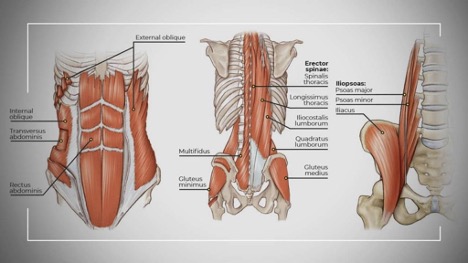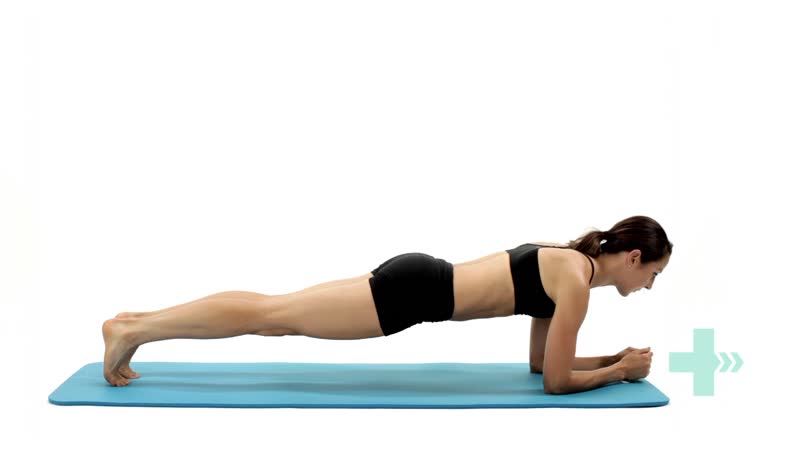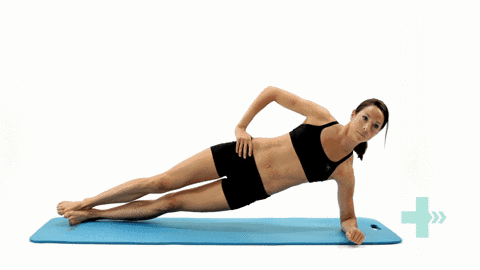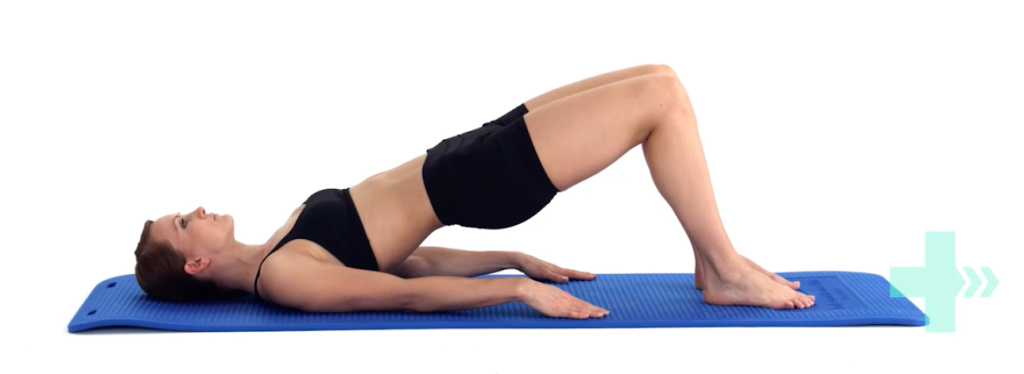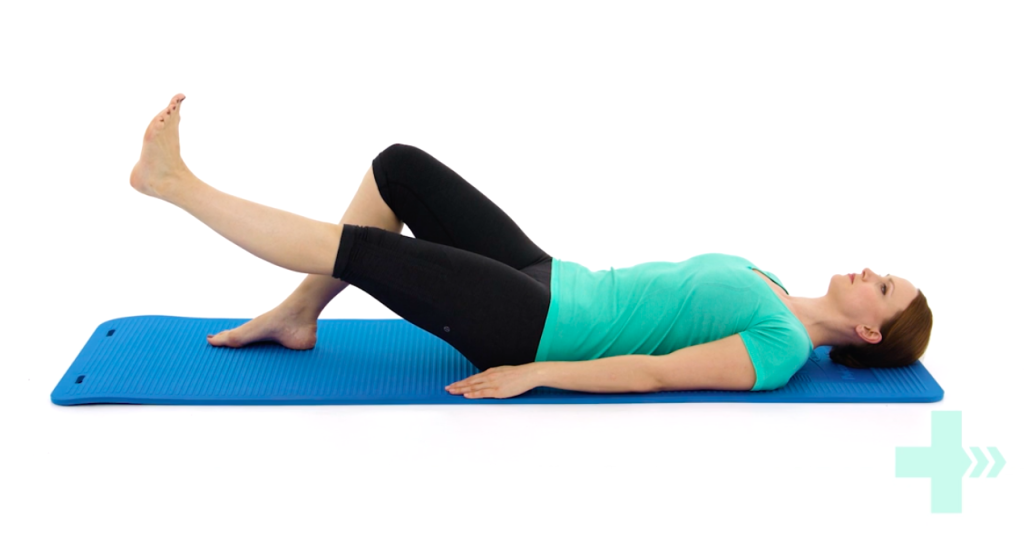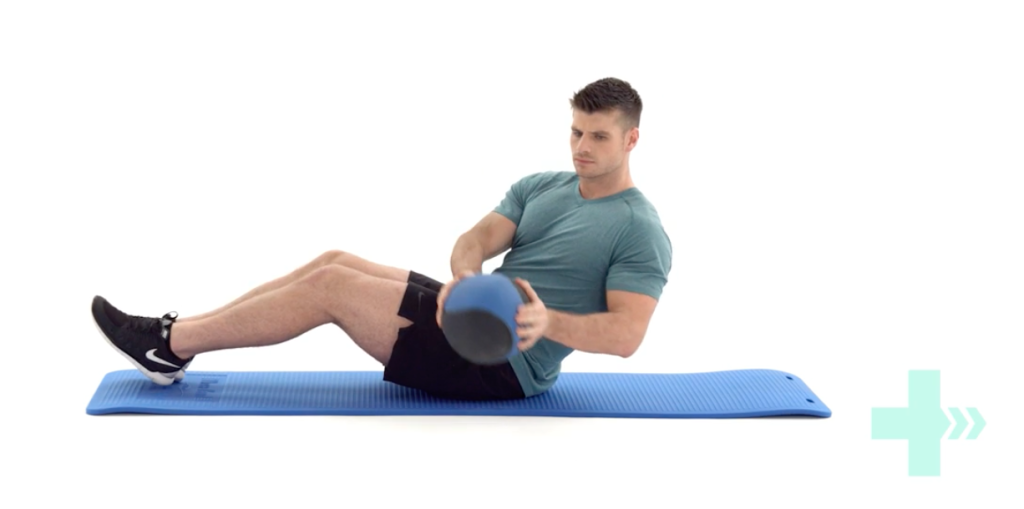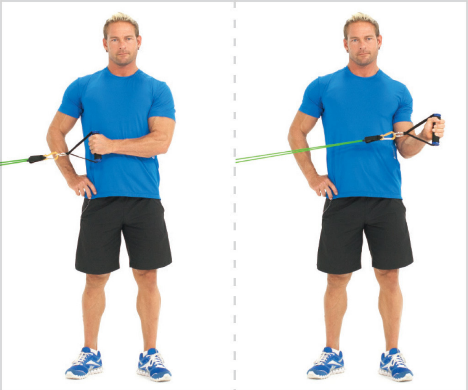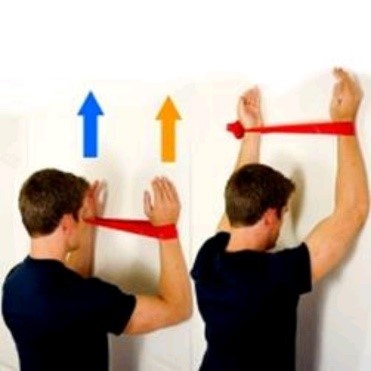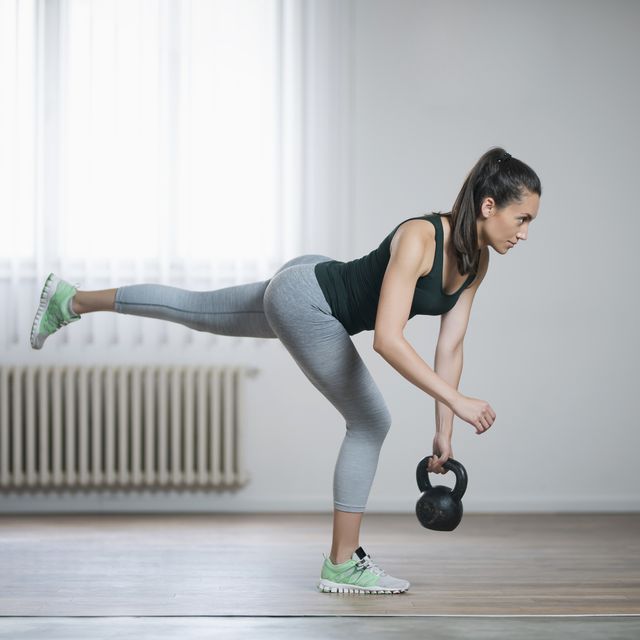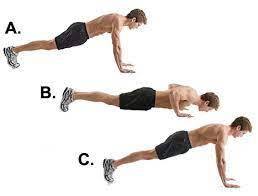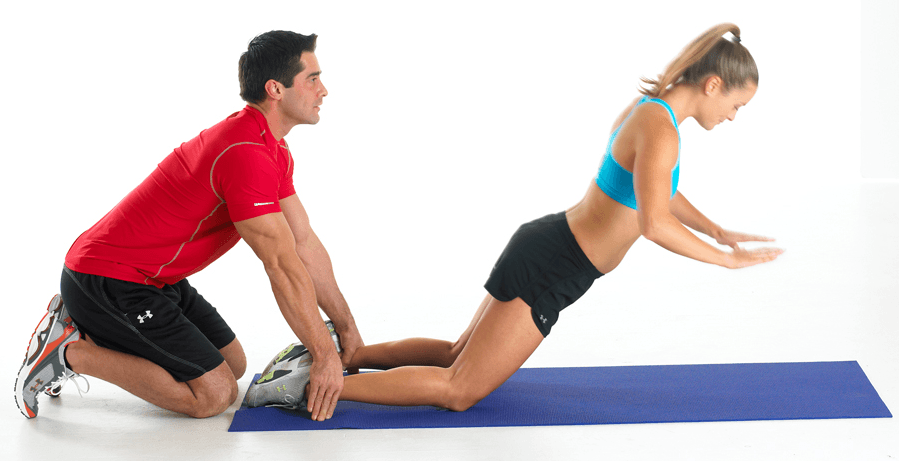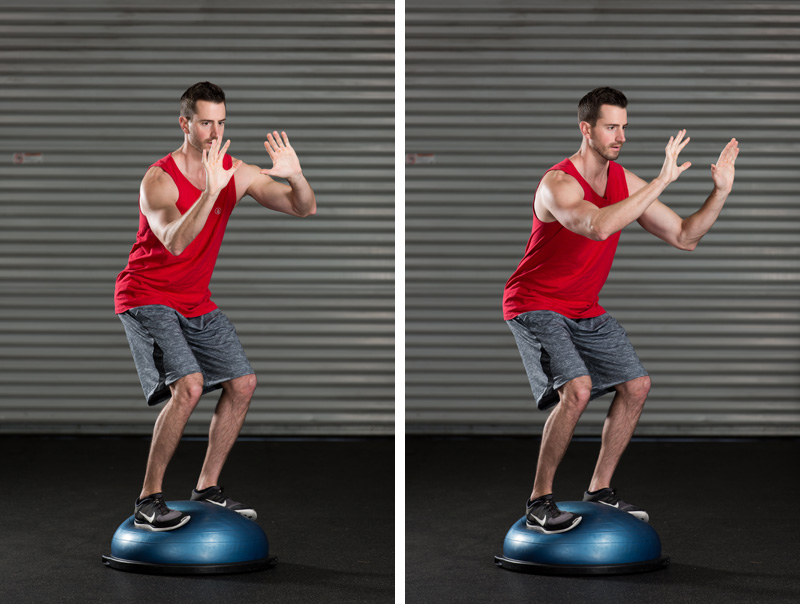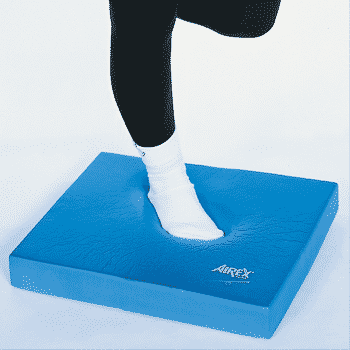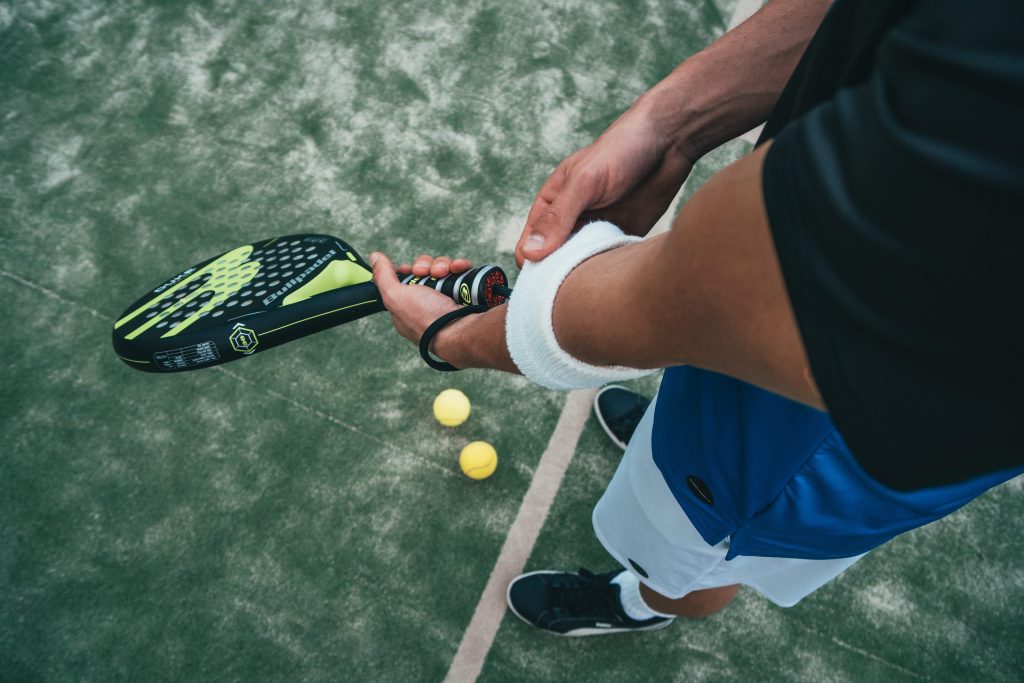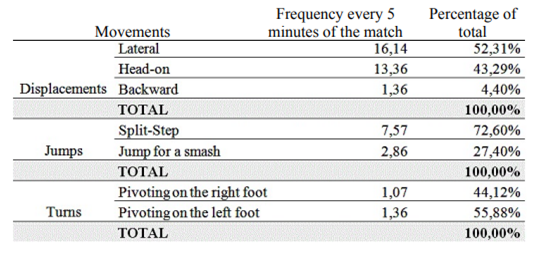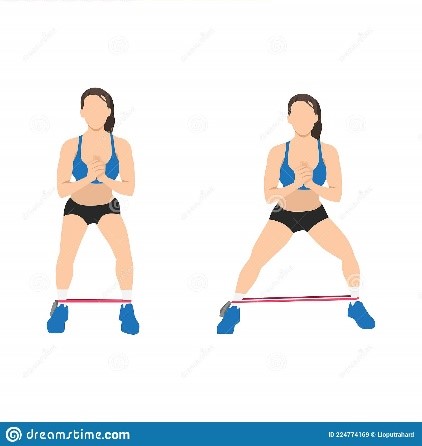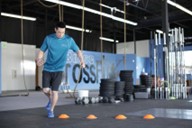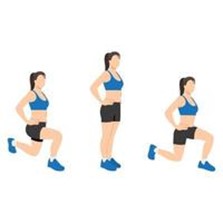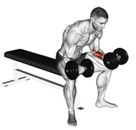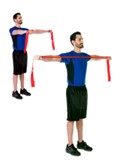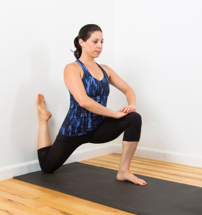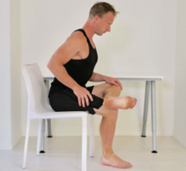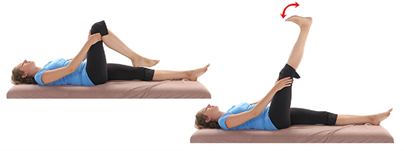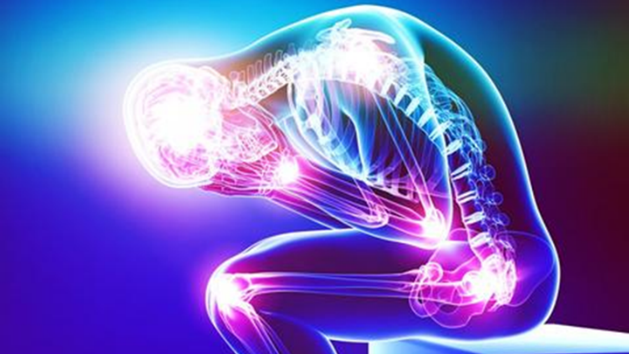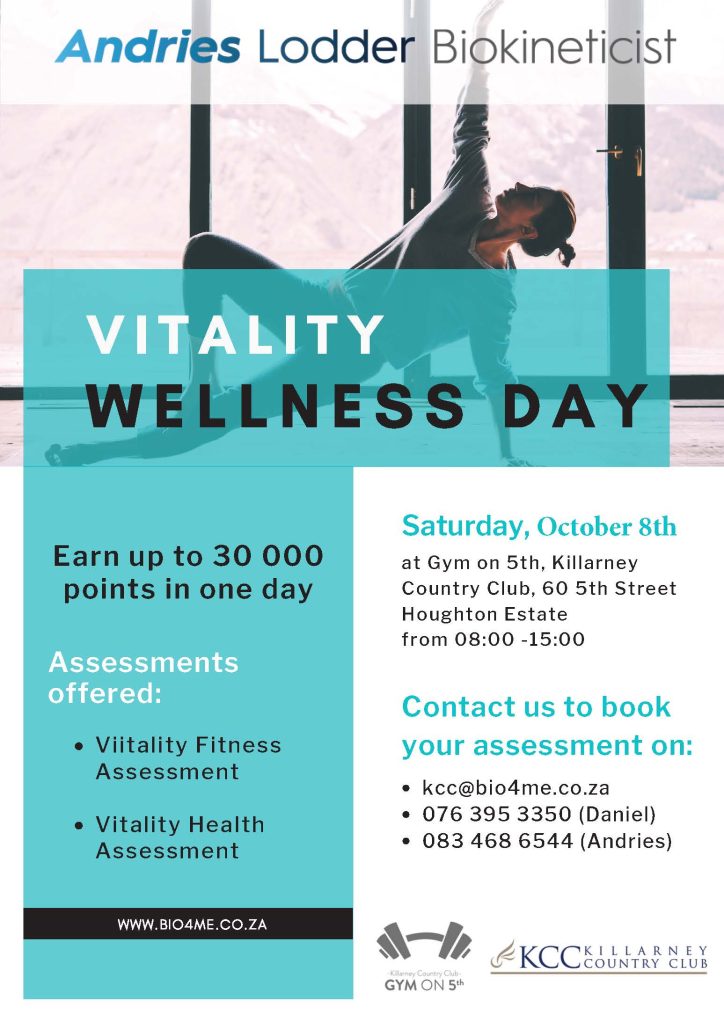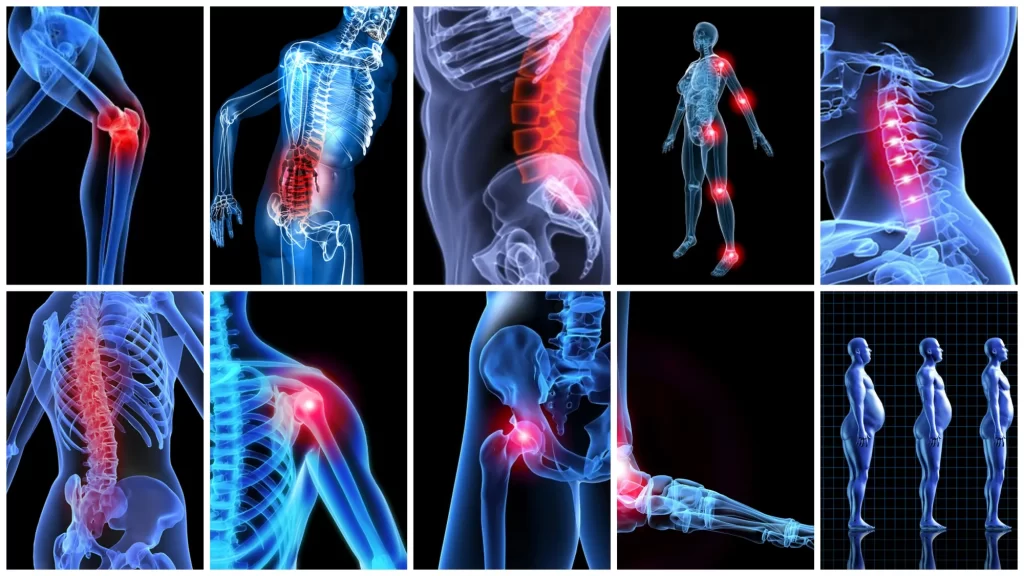Staying Strong at the Center: The Benefits of Core Strength
Posted on February 28th, 2023 by Andries Lodder
Core strength is important for overall physical fitness and stability. A strong core can improve posture, balance, and stability, reduce the risk of injury, and enhance performance in physical activities such as sports, activities of daily living and exercise.
It also supports the proper alignment of the spine and hips, which can alleviate back pain and improve overall mobility. The core muscles play a crucial role in many daily activities, such as lifting, twisting, and bending. A strong core can help improve these movements, making them easier and more efficient. Maintaining a strong core can also contribute to overall physical endurance and can improve athletic performance.
These muscles include the abdominal muscles, the muscles in the lower back, and the muscles in the hips. It is important to note that core muscles don’t just exist over your tummy (anterior). There are several tiny muscles that are found on your posterior core that do just as important job as the anterior core muscles.
Generally, patients that come to the practice have a hard time activating their core. Some people may struggle with engaging their core muscles due to weak muscles, poor muscle activation, incorrect form, abdominal fat, or inadequate breathing. Many individuals usually need constant reminders to engage their core during exercise. So, learning to use your core is important before you can start strengthening it.
Here are some exercises that demand a lot of the core that can help in engaging the core:
Plank: Hold yourself up in a push-up position, but instead of lowering yourself to the ground, hold the position for 30 seconds to a minute.
Side Plank: Lie on your side, prop yourself up on one elbow, and hold the position for 30 seconds to a minute.
Bridge: Lie on your back, bend your knees and lift your hips towards the ceiling. Hold the position for a few seconds and then lower your hips back down to the ground.
Single straight leg lift: Lie on your back with both feet flat. Lift one leg to 90 degrees while keeping it straight. Make sure your lower back does arch during this movement ie. push your lower back into the surface you are laying on.
Russian Twist: Sit on the ground with your knees bent and feet flat. Hold your hands together in front of your chest, and twist your torso from side to side.
Remember to breathe steadily throughout the exercises and engage your abdominal muscles to maximize the activation of your core. It’s important to start with a moderate intensity and gradually increase the difficulty as your muscles get stronger.
In short, a strong core helps us move and perform daily tasks with ease and efficiency. It also helps prevent injuries by providing stability and support to the spine and upper body. Additionally, strong core muscles can improve posture, increase athletic performance, and enhance the overall quality of life.
If you need any help to improve your core, please dont hesitate to contact us.
